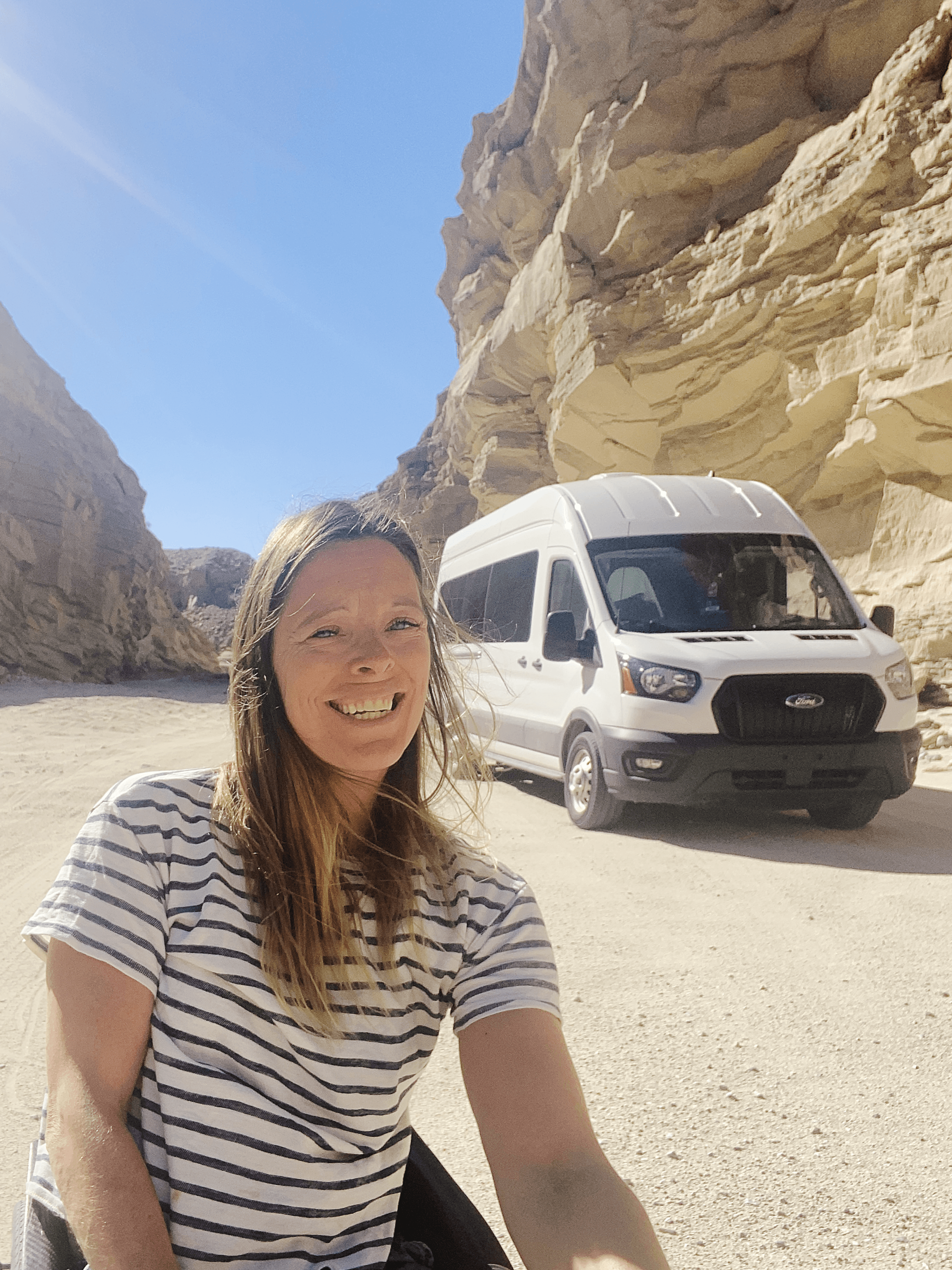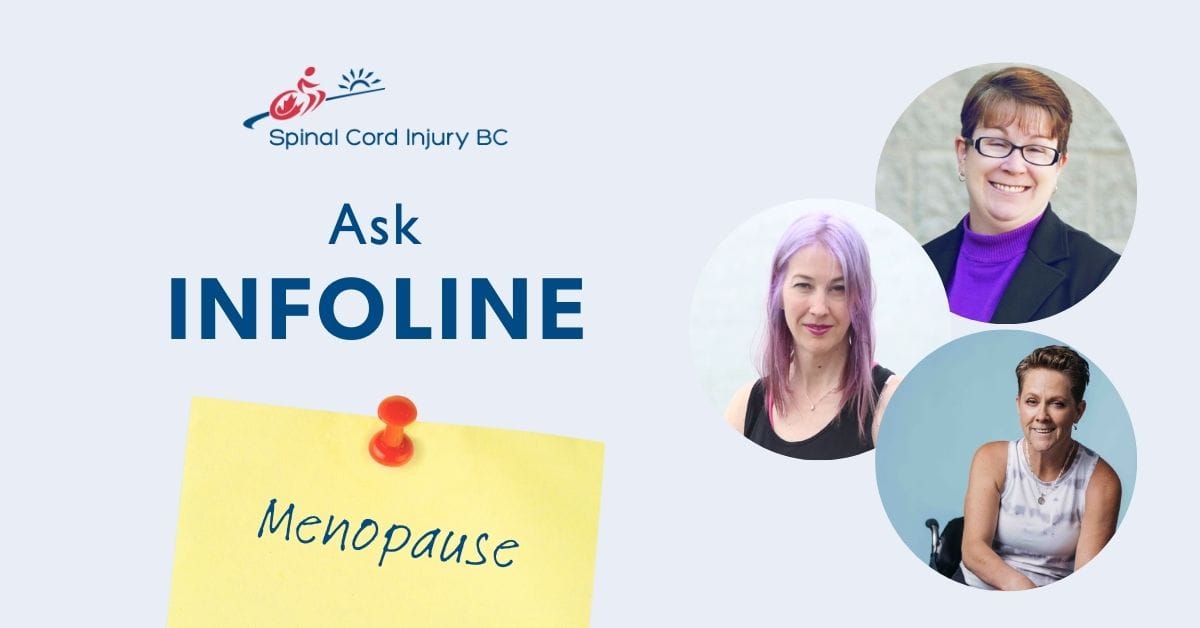Indigenous Disability Awareness Month (IDAM) brings awareness of barriers and the issues that Indigenous peoples living with disabilities and their families face every day.

The Indigenous population of Canada experiences a disability rate much higher than that of the general population—approximately 30% to 35%. IDAM brings awareness of these barriers and the issues that Indigenous peoples living with disabilities and their families face every day. More importantly though, in spite of these barriers, IDAM celebrates the achievements of Indigenous peoples living with disabilities and recognizes the significant and valuable contributions they make to our communities socially, economically, and culturally every day.
This November, SCI BC are doing a number of things to recognize and promote Indigenous Disability Awareness Month.
- We dedicated our All Staff Meeting to IDAM on November 15. Management sent staff IDAM t-shirts and pins provided by the British Columbia Aboriginal Network on Disability Society (BCANDS), to each staff member and volunteers. Together we shared stories and reflections we have with respect to Indigenous members—their achievements, and/or the unique or common challenges they face. We also discussed how to meaningfully practice reconciliation in our every day lives.
- Staff are encouraged to learn more about Indigenous Disability Awareness Month through BCANDS, as well as Truth and Reconciliation through online courses such as these at the University of Alberta, BCIT and The Indigenous Relations Academy.
Other things we will be doing to participate in IDAM include:
- Showing our support by recognizing and proclaiming IDAM. See official, signed proclamation to the right.
- Sharing stories that highlight successes and challenges faced by Indigenous members.
- Encouraging participation in an IDAM webinar BCANDS will be hosting in November (date to be determined).
In our head office hangs KWA-GULTH HAMATSA (see below), a work of art which was created for and donated to the BC Paraplegic Association by BC First Nations artist, Richard Hunt, CM, OBC. “When I was first asked to create this design, I thought of two things,” recalls Richard. “Firstly, several of my aunts have been in wheelchairs most of their lives. They love to attend potlatches and when they come to the big house, they are happy because their wheelchairs are able to transport them. Secondly, I thought of the Sisiutl, or two headed serpent. Sisiutl was the main crest of my mother, the late Helen Hunt of Kingcome Inlet, Sisiutl is believed to be able to transform itself into whatever being it desires. For example, should it need an escape route, it can suddenly become a canoe.“
“When I was first asked to create this design, I thought of two things,” recalls Richard. “Firstly, several of my aunts have been in wheelchairs most of their lives. They love to attend potlatches and when they come to the big house, they are happy because their wheelchairs are able to transport them. Secondly, I thought of the Sisiutl, or two headed serpent. Sisiutl was the main crest of my mother, the late Helen Hunt of Kingcome Inlet, Sisiutl is believed to be able to transform itself into whatever being it desires. For example, should it need an escape route, it can suddenly become a canoe.“

“This drawing shows a person’s head turned, as though doing the Hamatsa dance,” he adds, “The Hamatsa dance is one of the highest ranking privileges in the Kwagulth culture and is a position I hold two times over. In this design, I have tried to depict the Sisiutl transforming into the hands, legs and wheels of a chair. The wheels of the chair also represent a Hamatsa neck ring which in turn shows the power one possesses by wearing the neck ring.”
The rights and customs of these designs are owned by the Kwagulth people of Fort Rupert, British Columbia.
Learn more about Indigenous Disability Awareness Month through BCANDS, and join countless supporters across Canada by filling out a proclamation statement for your organization or community by visiting this BCANDS page, and share widely!



